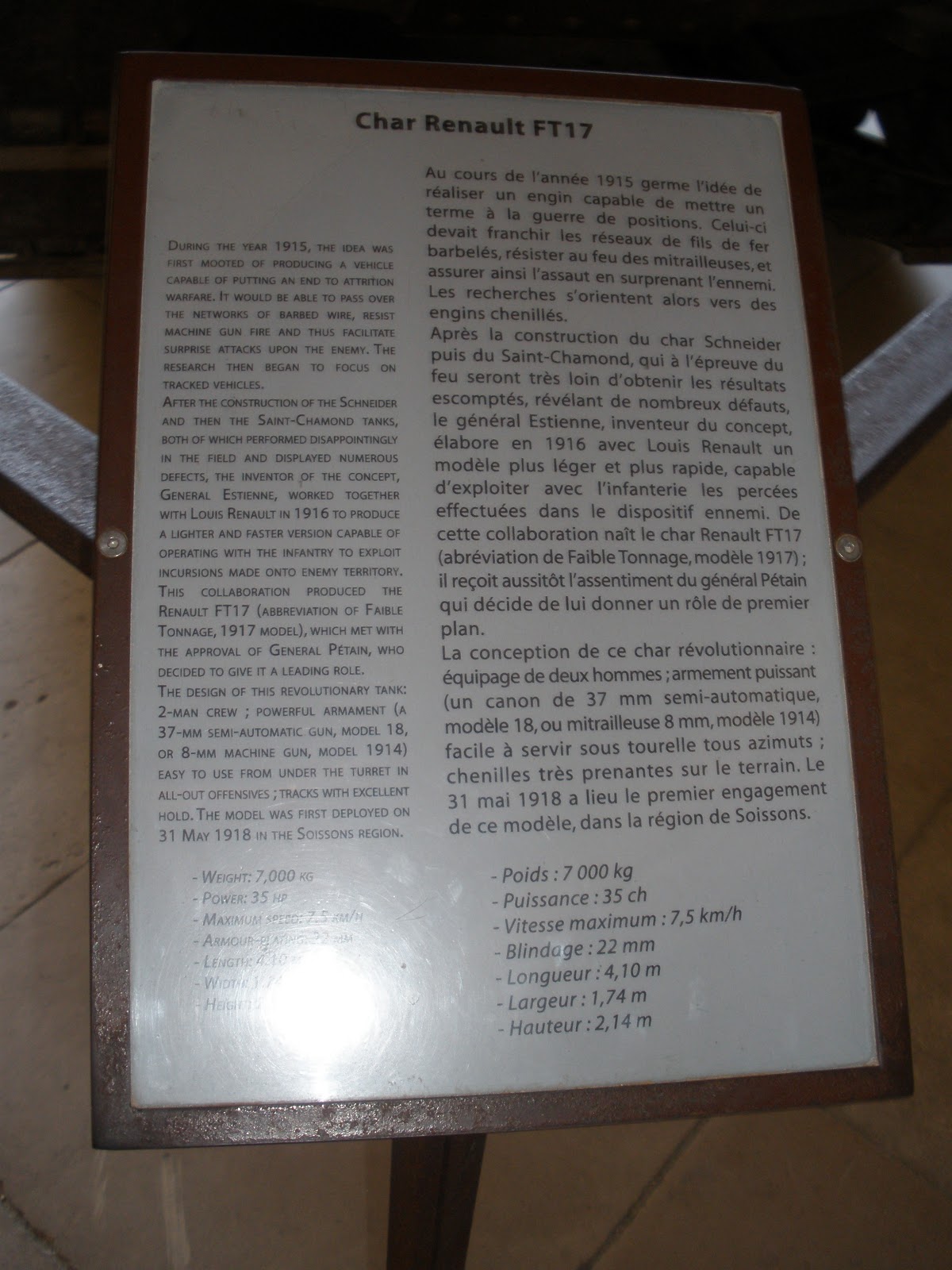 |
| Entrance Gates to Musee de l'Armee, Paris |
 |
| Walkway to entrance |
Yes, hubbie and I had been to the Invalides, the Museum of the French Army, many times before, but this time we went not so much as tourists but now with a solid research purpose.
As an author who is fascinated with history—and medieval European one of those periods I love learning about—I had to duck into the Medieval Armor exhibit. Yes, we thought we'd start with some fun before I got down to business and the three areas of the museum devoted to the French efforts in World War One. An absolutely mouth-watering array of armor stood before us.
I was unable to take useful photos inside here. This is true of course in most museums. Flash destroys color and texture of artifacts, even through glass. Because the light is so dim in this exhibit, no camera without flash would have rendered any useful pictures. Instead, I give you here the armor at the entrance to these rooms.
 |
| Medieval Armour display, entrance to exhibit, Musee de l'Armee, Paris |
At the entrance to the entire World War One exhibit stand the Renault FT17 tank and French canon, circa 1897-1918.
This Renault FT17 tank is intriguing for many reasons. First, it was manufactured in France and used by American troops. (American weapons manufacturers had tanks on their drawing boards but the war ended before any could be transported to France.) This FT17 held a two-man crew of driver and his gunner who climbed into the rear hatch and sat there to shoot his 37 mm weapon.
Inside, it was cold and cramped, with the crew wearing leather jerkins to keep warm. Worse, the engine was very loud. As a result, the driver communicated with his gunner by tapping his foot on the back of the driver's head! This tank, first put into service May 30 1918 in the Soissons region, traveled at 6 miles per hour!
 |
| Renault FT17 |
 |
| Specs, manufacture of Renault tank FT17. |
 |
| 75 mm French canon manufactured in Bourges in 1918 |
The Invalides devotes three areas or rooms to their artifacts of World War One. One for the beginning of the war under command of Marshal Joffre, the second devoted to poilus, or the "hairy ones," the foot soldiers epitomized by those defending the walled city of Verdun, and the last room devoted to the last months of the war commanded by Marshal Foch. These exhibits I will deal with in my next post. (For detail see the original museum site:
http://www.musee-armee.fr/collections/les-espaces-du-musee/departement-contemporain-les-deux-guerres-mondiales-1871-1945.html )



No comments:
Post a Comment